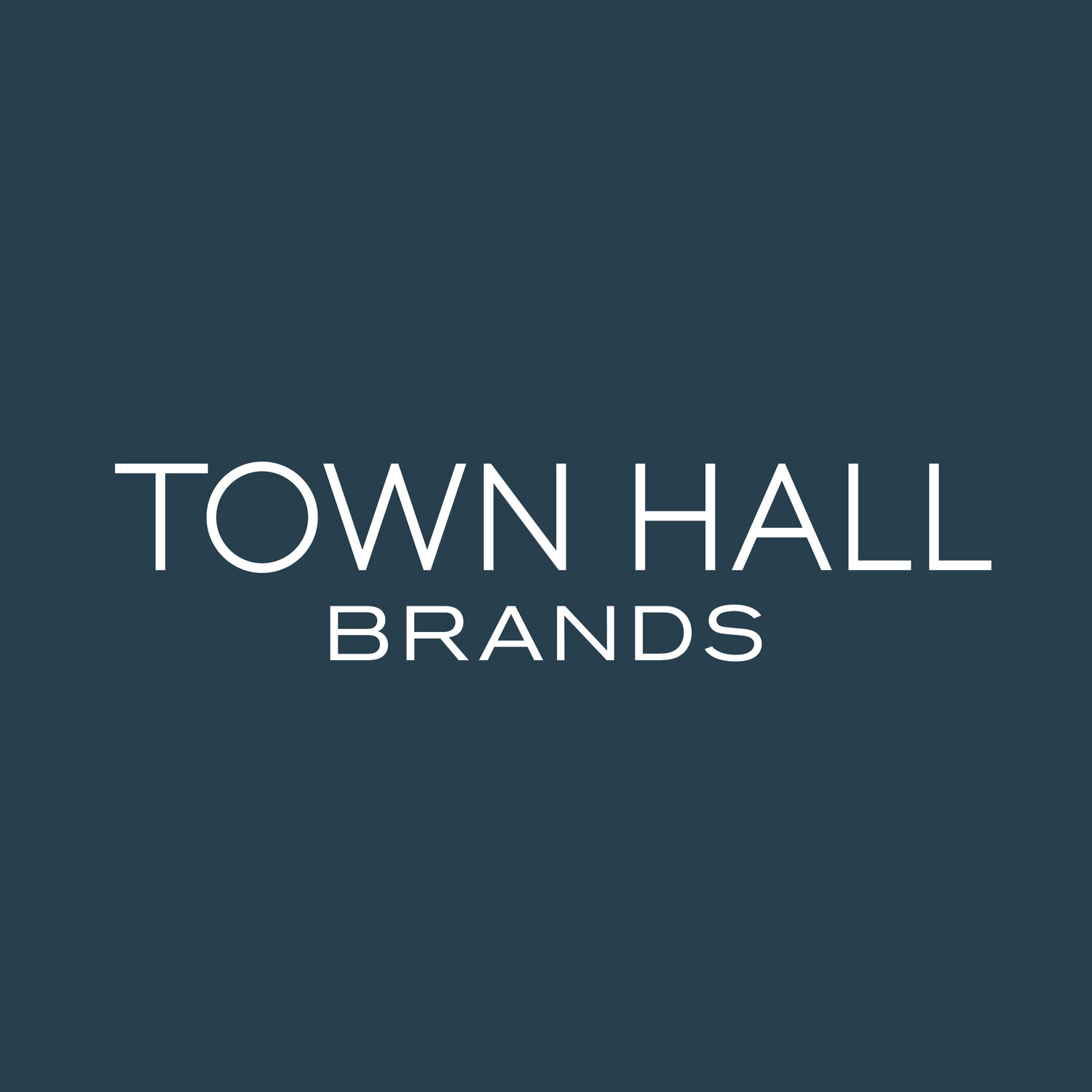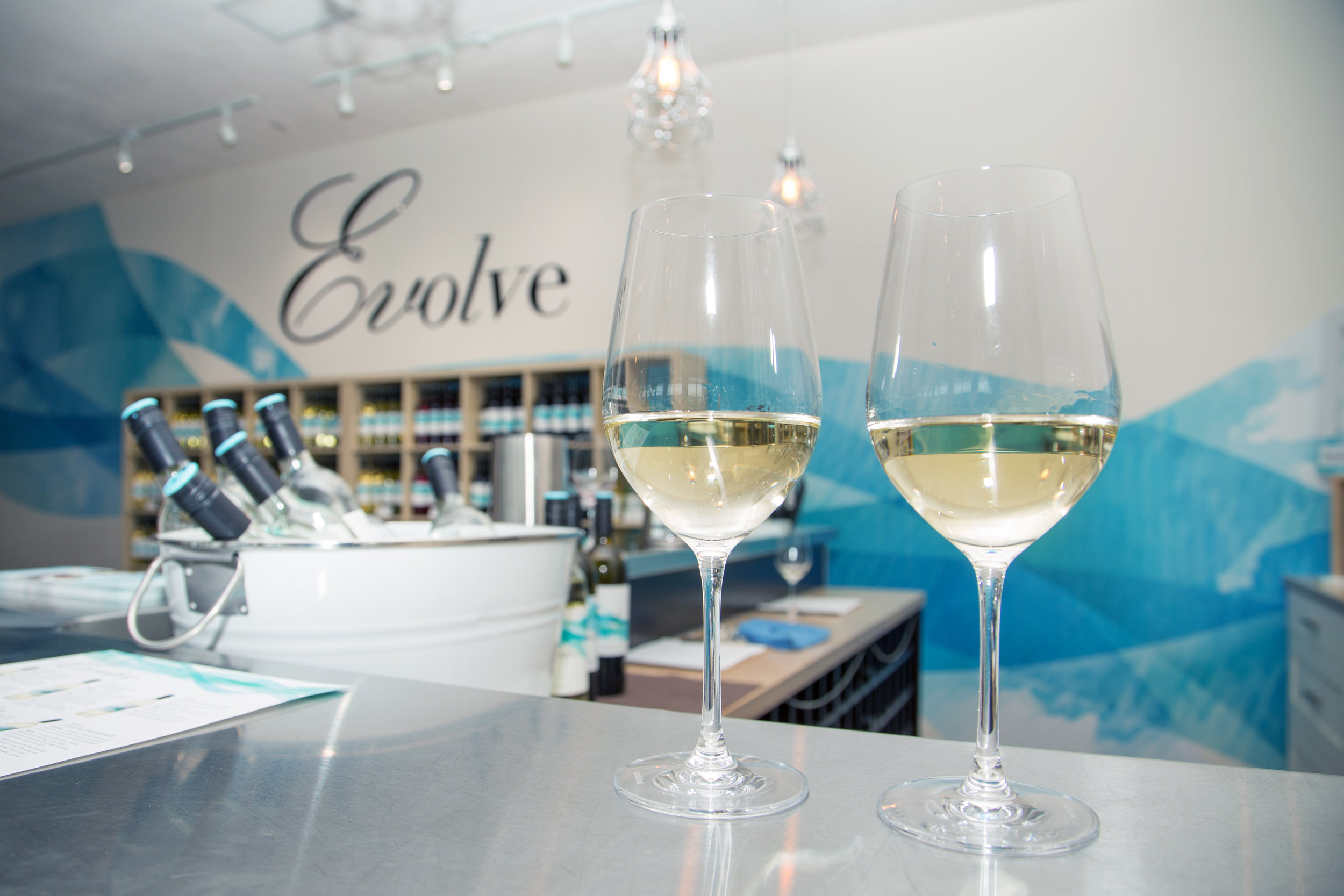As British Columbia enters phase three, locals are beginning to wonder what this summer will hold. The weather is slowly starting to get better, which means more opportunities to go outside and explore this great province. With no other way to vacation, it looks like we’ll be travelling within BC for the next few months.
The only problem is…how do we do so safely?
To make sure we’re travelling responsibly this summer, Destination BC has issued 10 things to remember before heading out on your next BC adventure.
Reposted from Destination BC, June 15, 2020
1. Do your research
Take extra time to research and plan your trip in advance, and make sure you have a Plan B if your activity is at capacity. Many businesses and services in BC have adopted new protocols, and changes to their schedules or policies to ensure your safety. You’ll want to become familiar with them ahead of time. For example, you may have to book in advance for attractions or experiences where you didn’t before, and transportation schedules, like BC Ferries, may be operating at reduced capacity. Some businesses or outdoor spaces may remain closed. See the HelloBC.com accommodations listings, transportation listings, and experience provider listings to start your research, and contact the local Visitor Centre for more information.
2. Be respectful
While many communities in BC will be welcoming people back this summer, some, such as many of BC’s Indigenous communities, can’t welcome you just yet. Please be respectful of these communities and know that they’ll welcome you when they are ready. See Know Before You Go to learn more about what’s open, or contact the local Visitor Centre.
3. Travel in smaller groups
If you normally travel with extended family or with several friends, consider travelling in a smaller group this summer. Travelling with fewer people makes it easier for you to practise physical distancing in public, and may have less of an impact on the destination.
4. More time, fewer locations
Consider a slower travel pace this summer to help curb the spread. Instead of checking in and out of multiple destinations during one trip, choose one destination and one accommodation for your entire trip, and use that as a ‘home-base’ for exploring all the destinations nearby.
5. Pack essentials
If you’re heading to a more rural area of the province, stock up with the essentials before you leave home (i.e. groceries). This helps lessen your impact on BC communities who may be experiencing supply issues, and reduces your touchpoints within communities who may have limited health care facilities. Even better: create a Clean Trip Kit, including hand sanitizer, soap, gloves, masks, and toilet paper. While some businesses and destinations may supply these for visitors, it’s not a guarantee.
6. Stay apart, stay safe
Practise physical distancing and frequent handwashing hygiene to help prevent the spread of COVID-19. Follow the recommendations from the BC Centre for Disease Control to learn about preventative activities, and talk to the tourism businesses you are visiting about the steps they are taking to keep you and their staff safe. WorkSafeBC now requires all businesses to post their new COVID-related health and safety protocols at their workplace for staff and visitors to see.
7. Leave No Trace
When exploring BC’s outdoors, always leave it in a better state than when you arrived. Respect local wildlife. Minimize campfire impacts and check BC Wildfire Service for fire bans and fire safety tips. Pack out what you pack in, and dispose of waste properly. These are just some of key principles of Leave No Trace, a set of seven guidelines for enjoying the outdoors responsibly while minimizing your impact on the landscape. Visit Leave No Trace and BC Wildfire to learn more.
8. Be AdventureSmart
No matter what outdoor activity you are planning, you must be prepared. Remember to follow the three Ts—trip planning, training, and taking the essentials. AdventureSmart is a great resource to get informed before heading outdoors.
9. Be calm, be patient, be kind
Remember, activities may take longer than usual, or places may be at capacity when you arrive. Be calm, patient, and kind, and remember, we’re all in this together.
10. Support BC and have fun!
BC’s tourism businesses are eager to welcome you back this summer and your support is more crucial than ever. Remember, with the border closed, our businesses are relying on British Columbians. For now, you have the province all to yourself! Make the most of it. See What’s Open in BC by Community to learn where you can support local businesses.
More Helpful Links:
• HelloBC Know Before You Go
Destination BC is on Twitter and Instagram. Find them at @HelloBC












